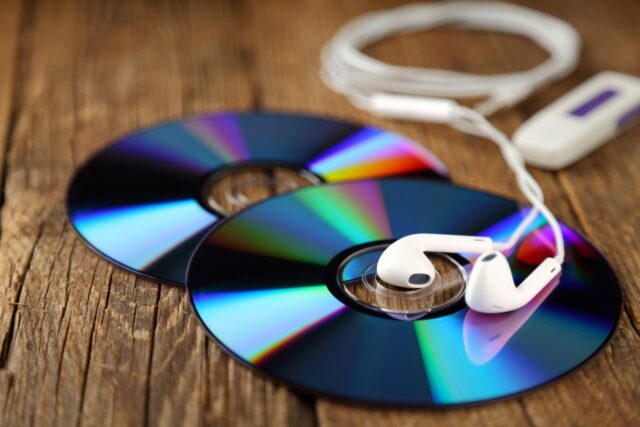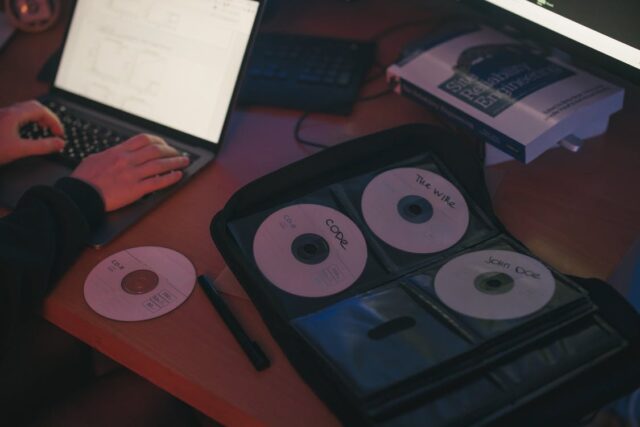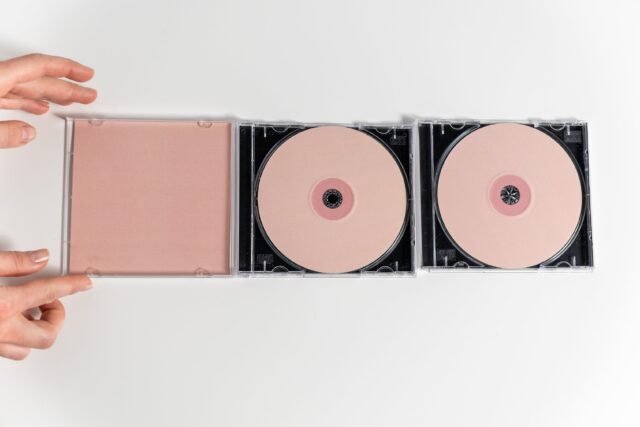
The MP3 audio format has become a de facto format when it comes to consuming music and, while it is not the best in terms of audio quality, its ability to compress the audio while maintaining a fairly decent quality has made this format remains in force despite having seen the light almost three decades ago, through its adoption in the market, controversies between users and record labels and even today it is the de-facto format for streaming music platforms, such as Spotify. The popularity of this audio format as evidenced by the number of downloads for the mp3 downloader every day.
The long history of MP3 format:

In 1987 the German Fraunhofer Institut Integrierte Schaltungen (Fraunhofer IIS) developed a format for transmitting compressed digital audio. The name of the project was EUREKA EU147, the scientists in charge, devised an algorithm (codec) capable of compressing the sound without appreciable loss of quality.
In 1992, the Motion Picture Experts Group (MPEG) approved the technology, and MP3 (MPEG1 Audio Layer 3 – MPEG1’s 3rd compression level) was born. The real revolution came with the spectacular growth of the Internet: anyone could download a song or audio file to their PC, ignoring what is known as copyright.
How does it work?

The MP3 compression algorithm is based on the limitations of the human ear, which is only capable of capturing frequencies between 20Hz and 20Khz (it is more sensitive between 2 and 4Khz), and eliminates inaudible frequencies while preserving the essence of the sound. When obtaining an MP3 it is possible to select the encoding and compression level that is desired. Obviously, the higher the compression, the lower the quality. At 128Kbits / 44khz stereo, a good balance between compression and quality is achieved and it is the level that we will find by default in compressors and songs available on the network.
Thus, MP3 generated great advantages over CD-quality digital audio recording formats, which require a lot of storage space.
The audio format used in compact discs (CDs) uses 44.1 Khz and 16 bits, that is, it records 44,100 16-bit (2-byte) samples every second. It is this immense amount of data that allows for very high fidelity sound.
If we multiply 2 bytes * 44,100 we get that 88,200 bytes are needed per second in each channel of the stereo. So we need 176,400 bytes per second in a stereo recording.
Multiplying by 60, we will see that a single minute of CD-quality recording occupies 10,584,000 bytes, that is, 10.09 Mb per minute.
A 4-minute piece would therefore occupy about 40 Mb. And compressed to MP3 format at a rate of 10 to 1 would be 4 Mb per song.
In this article, we will tell you about some of the advantages and disadvantages of this audio format.
Advantages of the MP3 format:

- Practicality: MP3 is an audio format that can be distributed incredibly easily over the network, because, unlike lossless audio files, the MP3 format compresses the redundant information of an audio file, requiring less storage space and thereby facilitating network distribution.
If we consider that there was a time when broadband did not exist and the internet was quite slow, one can understand why this format became so popular as a de facto audio format, giving rise to sites like MP3xd, Spotify, Tidal, among others, but also opening the possibility for the development of other markets such as audiobooks, the invention of devices such as the iPod, incorporation into video formats, etc.
- Quality: Although the quality of the MP3 is not studied, it manages to reach a level of clarity of up to 320 Kbps which in terms of consumption is quite good, which is why when it comes to massively distributing music via streaming or download, the files are converted to MP3.
It should be noted that not all people have an ear capable of appreciating the difference in quality between an MP3 file and the same audio in a high definition audio file, so in practical terms, large streaming music companies have opted for MP3 as an audio support.
- Cost: The cost of music distribution via streaming is cheap, which makes it possible for new artists to share their creations since they do not have to spend on a physical medium such as CDs to get their music to others, this has also made possible the broadcast of audiobooks, podcasts, sound effects, etc.
- Without patents: The MP3 format is currently a free format, it does not require paying licenses or royalties for patents, so it is possible to use this format commercially for the diffusion of original music, podcasts, in sites like tubidy, etc. For many amateur music creators, using MP3s is a saving step, according to Ontiva. They can save their money that would otherwise be required to purchase an audio format license.
Disadvantages of the MP3 format:

- Copyright: It facilitates piracy, both virtual and physical, hurting copyright. The MP3 format is not a format in which you can encode or encrypt rules regarding copyright, so it is very easy to buy a song, audio book, etc. It can be massively shared without any royalty to the authors. Despite this, the major record labels have known how to adapt to this problem. In a more earthly sense, small artists can suffer the plagiarism of their music if it has not been recorded before.
Conversion may result in low quality, depending on the quality chosen. A MP3 downloaded from the internet may have some effects, voices and other changes made to the original audio.
It has a loss of quality, although minimal, in relation to the CD. Some MP3s have wrong or missing metadata about the song.
It is intangible, it cannot be touched or smelled.
It has no sense of nostalgia.
Despite its advantages and disadvantages, MP3 will no doubt continue to color the world music scene for the next few years. This format seems less affected by the emergence of many new audio formats.












